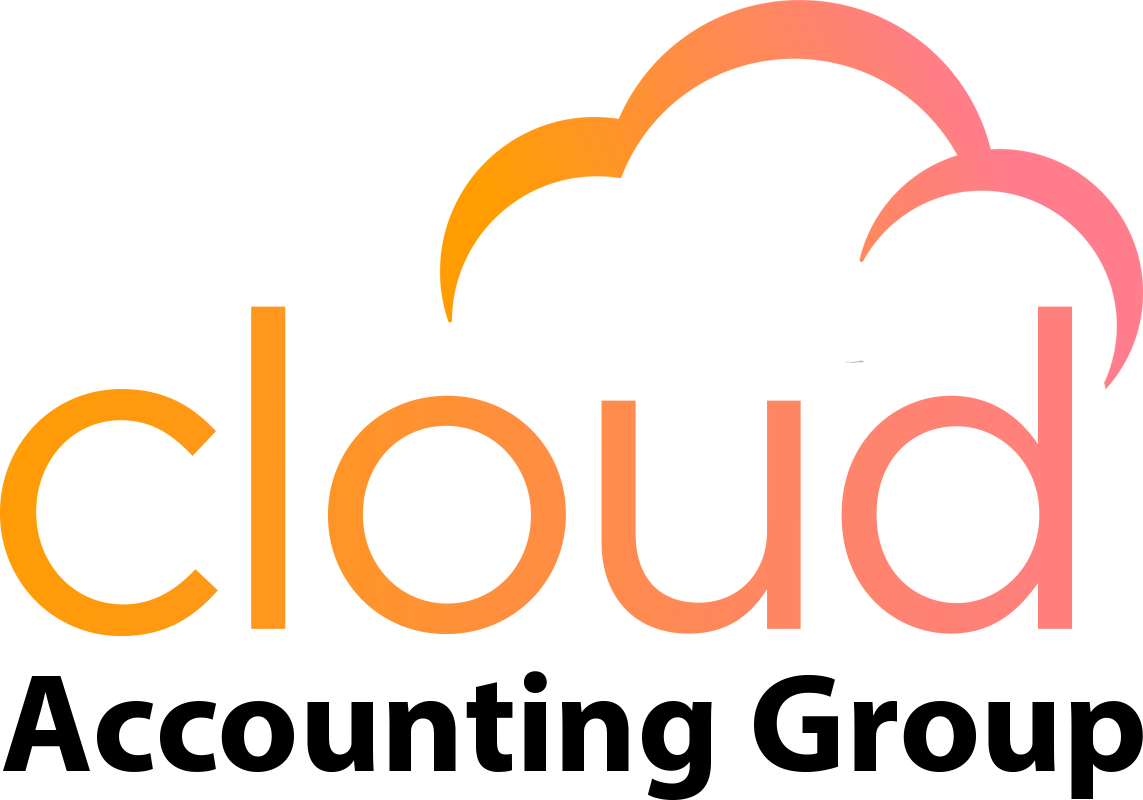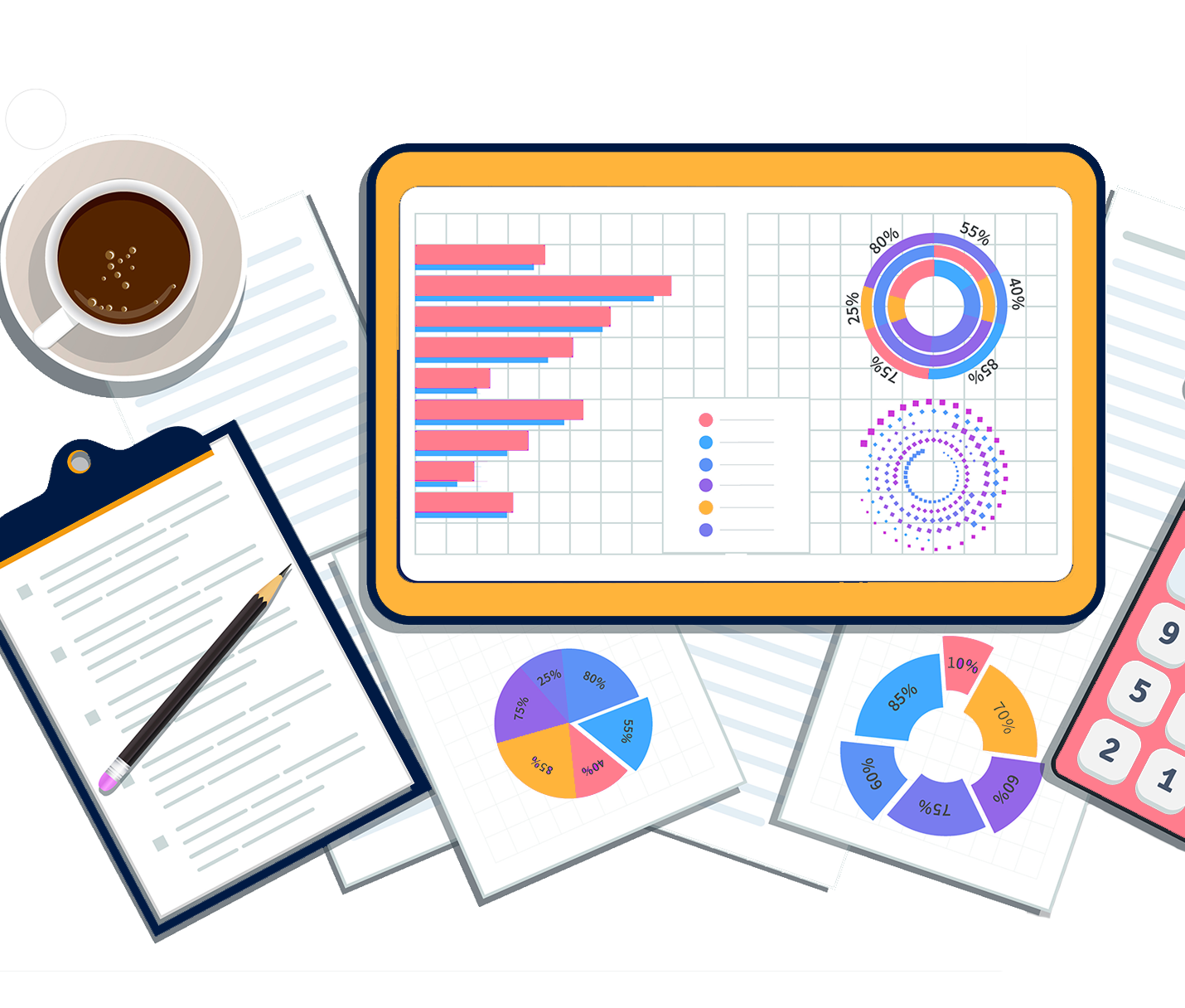The saying goes, “Do what you love and you’ll never work a day in your life.” Whoever originally said it, we firmly believe they never ran a restaurant.
After all, 60% of restaurants fail in the first year, and it’s not due to a lack of love or passion.
The reasons for this statistic are many—poor location and bad marketing, for example. But as experienced restaurant CPAs, we’ve seen firsthand that not understanding basic restaurant accounting processes is the main culprit.
And when you consider that managing cash flow is especially critical to your restaurant’s success, the importance of effective accounting becomes even clearer.
That’s why we put together this guide! Keep reading for clear, plain English explanations of the five most fundamental restaurant accounting services.
What are the Fundamental Accounting Services Needed for a Restaurant?
The five fundamental accounting services needed for a restaurant are:
- COA (Chart of Accounts)
- COGS (Cost of Goods Sold)
- Occupancy, restaurant labor, and operating expense tracking
- Prime cost
- Cost-to-sales ratio
When you stay on top of these specific details, keeping your restaurant running smoothly will no longer feel like a Herculean task. But it’s not enough to just know these terms—you have to understand them individually and how they all fit together before you can start effectively leveraging them.
So, let’s now take a closer look at these five basic restaurant accounting processes and why they’re so important.
1. COA (Chart of Accounts)
A COA, short for Chart of Accounts, simply refers to the various buckets you use to categorize all money coming into or going out of your business.
Picture the COA as a map of the US. The buckets are like US states. And every single transaction is like a person who lives in one of those states. Typically, the “states” are broken down like this:
- Expense accounts – Any money your restaurant pays for things
- Asset accounts – All of the property (or assets) your business owns
- Revenue accounts – Any money your restaurant brings in
- Liability accounts – All of the debts owed by the business
- Equity accounts – Any money added or drawn by the owner
You’ll want to take this one step further by adding “counties,” to continue the US map metaphor. Inside each of the “states,” add additional categories such as inventory, payroll, etc. for optimal accounting.
Without your COA, getting an idea of whether your restaurant is making or losing money is nearly impossible.
2. COGS (Cost of Goods Sold)
COGS, short for Cost of Goods Sold, means the entire cost of making your product. Said another way, this is the cost of all the ingredients needed to offer your menu.
The hardest way to calculate this would be by multiplying the total cost of one menu item by how many you sold in a given time.
And the easiest way? With cloud accounting software, you can simply run a weekly restaurant inventory report and subtract your ending inventory from your beginning inventory.
To be frank, COGS sounds deceptively simple. But it’s absolutely crucial for your restaurant’s success. Without it, you have no idea what your profit per plate is… or if you’re even turning a profit at all.
3. Occupancy Expenses, Restaurant Labor Costs, and Operating Expenses
Occupancy expenses, restaurant labor costs, and operating expenses are all specific categories for restaurant accounting services.
Your occupancy expenses, as you may have guessed, means everything you spend to rent or own the building and the land it occupies. So, mortgage or rent, property taxes, property insurance, and utilities fall into this category.
Restaurant labor costs are what you spend on employee labor to run your restaurant. This includes everyone in your front-of-house and back-of-house staff. And this doesn’t just cover payroll—employee benefits and payroll taxes are included here, too.
Lastly, operating expenses are essentially… well, everything else. Everything from marketing to napkins to kitchen equipment are considered operating costs.
It’s important to have a clear picture of these expenses because they make up the majority of your restaurant’s expenses. The better you understand these costs, the more effective you’ll be at managing and growing your restaurant.
4. Prime Cost
Prime cost is what you get by adding your COGS and labor costs together. This is likely one of your restaurant’s biggest expenses since it covers ingredients (including beverages), payroll, taxes, and employee benefits.
Prime cost is one of the most important basic restaurant accounting processes because it’s where you have the most control in terms of costs and profits.
You can’t do much to sway costs like your operational and occupancy expenses. But with prime cost, you have a lot of options for boosting your profits and minimizing expenses.
5. Cost-to-Sales Ratio
While you need to understand these basic restaurant accounting processes, you must also keep in mind that no one number can give you all the details you need.
For example, a large restaurant will have higher labor costs than a small restaurant. But that alone can’t tell you which restaurant is performing better.
This is why the cost-to-sales ratio is crucial to consider. As you can likely guess from the name, this is the comparison of your expenses to your revenue.
You need it in order to evaluate your restaurant and compare it against your competitors. The cost-to-sales ratio shines a light on how your restaurant is actually performing and where you can improve.
How Can Cloud Accounting Benefit a Restaurant Business?
Some of the many ways cloud accounting can benefit your restaurant business include:
- Real-time updates on restaurant performance so you can identify trends and problems fast
- Accessing your reports and accounting details from anywhere, not just on-site
- Shareable reports so staff (such as shift managers) can do their jobs even better
- Less mistakes and errors since most record-keeping and data entry happens automatically
- Cloud accounting software typically updates automatically—no more scheduling technician visits
- Making well-informed decisions is much more straightforward thanks to clear, accurate reporting
- If you have multiple locations, you can still review overall performance at a glance from anywhere
- Cloud data is extremely secure and regularly backed up, making it the most reliable way to store data
At the end of the day, running a restaurant business is often demanding (to say the least).
While there will always be metaphorical fires to put out, cloud accounting means you can focus on problem-solving and growing your business… instead of spending an hour on hold to schedule yet another POS technician visit.
How Do You Choose the Right Accounting Software for a Restaurant?
As a restaurant owner, choosing the right accounting software for a restaurant can be a bit of a process:
- List out your needs. Think about your location(s) and offerings. If you offer delivery or host a ghost kitchen, for example, your accounting software needs to be up to the task.
- Set your budget. But keep in mind that generally, the more specialized your restaurant accounting needs are, the more you’ll have to spend.
- Research, research, research. Start comparing different options and take note of strong contenders. Ideally, you want to try three to five different options.
- Utilize free trials and demos. If any of your favorites don’t offer a free trial, the brand will usually offer a demo. Take advantage of these and take detailed notes.
- Look at reviews from others. Take some time to compare your experience to online reviews. This is a great way to identify challenges or incompatibilities you missed in the trial/demo.
And as a restaurant owner, you probably barely had time to read through these steps… let alone actually take on this entire process.
But there’s another way to make your basic restaurant accounting processes simple and stress-free. Even better, it doesn’t require hours of your valuable time.
Make Your Restaurant Accounting Easy as Pie
At CloudCPA, end-to-end restaurant accounting is what we do best. Because as you well know, your accounting needs go far beyond payroll and reporting.
You’ve got to consider year-end taxes (for both the restaurant and yourself), filing sales tax, plus tip reporting and allocation—these are just the tip of the iceberg.
You need a restaurant CPA who knows the industry and is available when you need them.
When you work with us, you don’t just get seamless accounting software and CPA services. You get unlimited support when you need it, whether you have general questions or a hyper-specific request. We truly build solutions for you based on what your unique needs are.
If you’re ready to learn more about how CloudCPA can take the headache out of your restaurant accounting, or you have further questions about these basic restaurant accounting processes, call us or email us today.

 CALL US NOW
CALL US NOW







